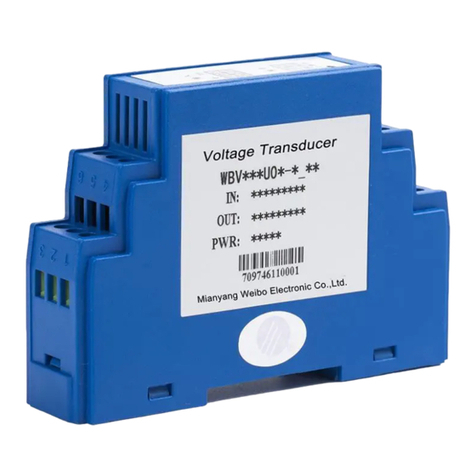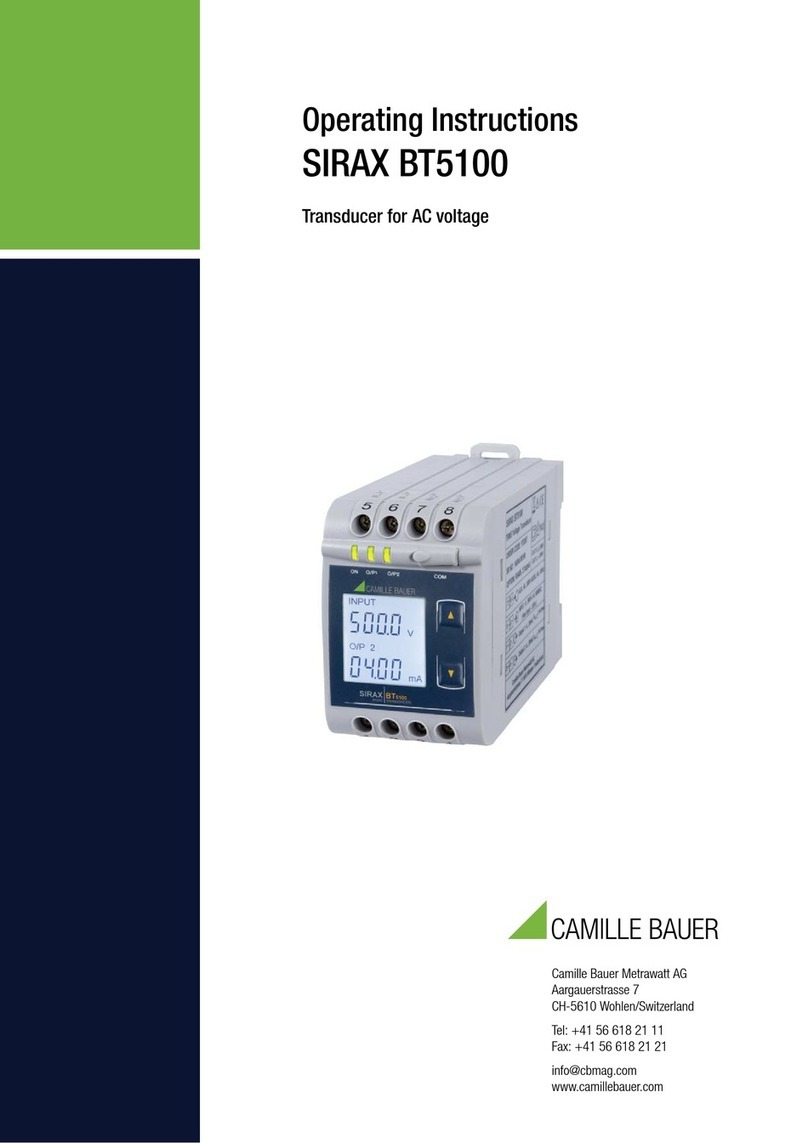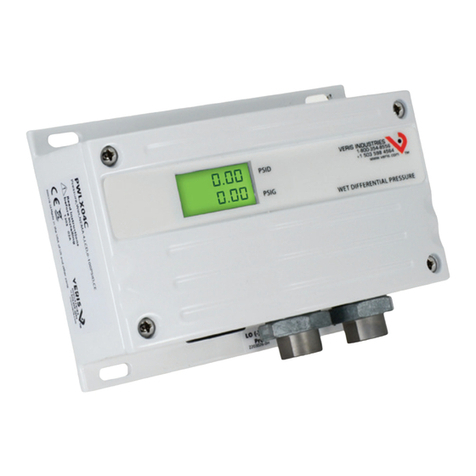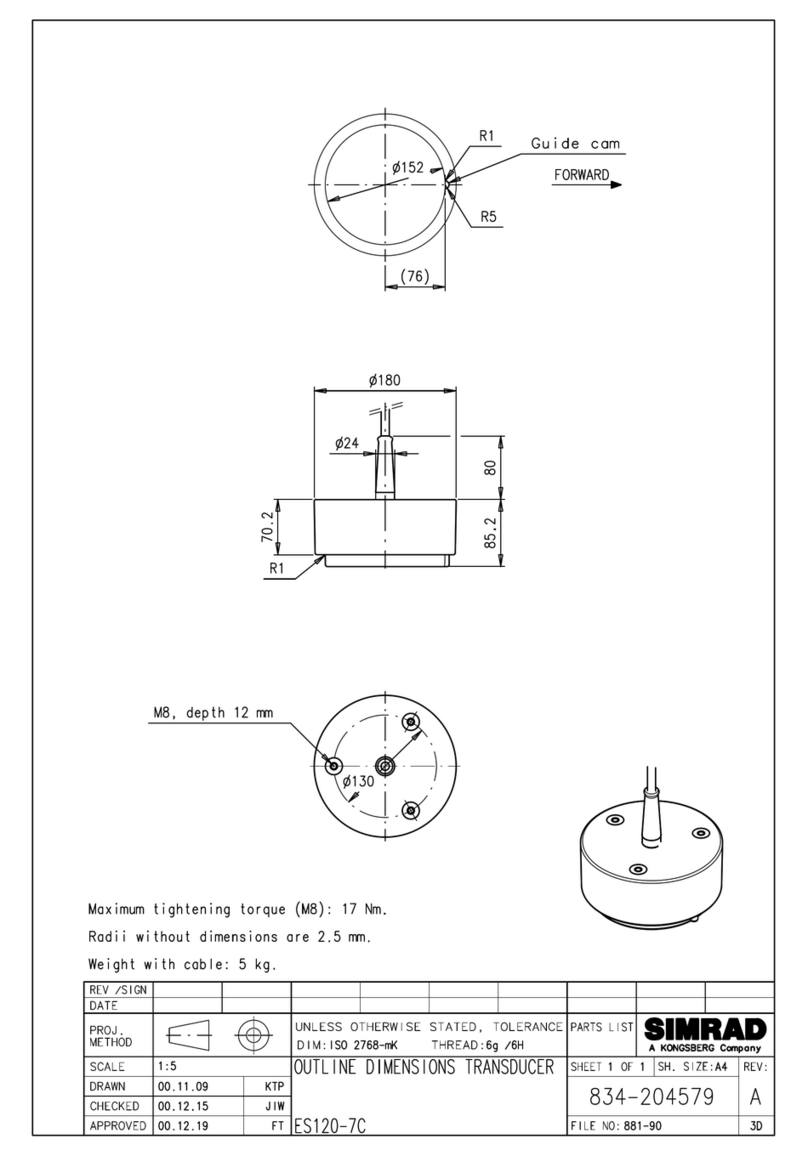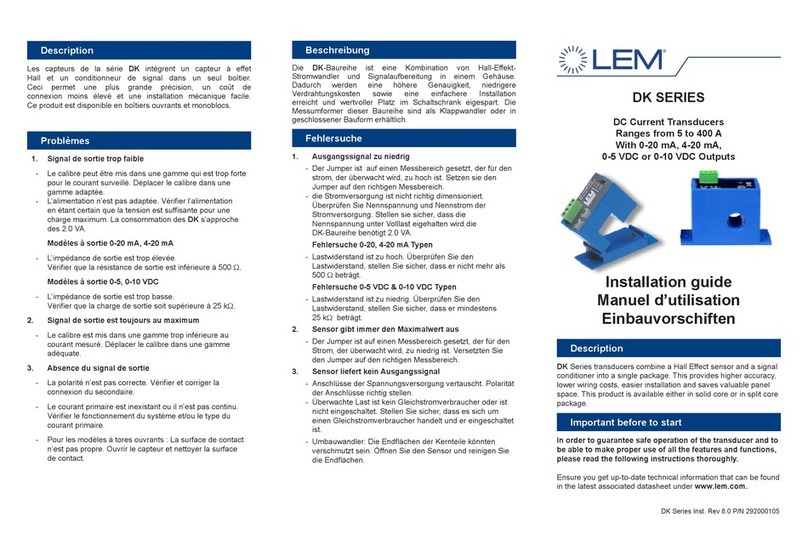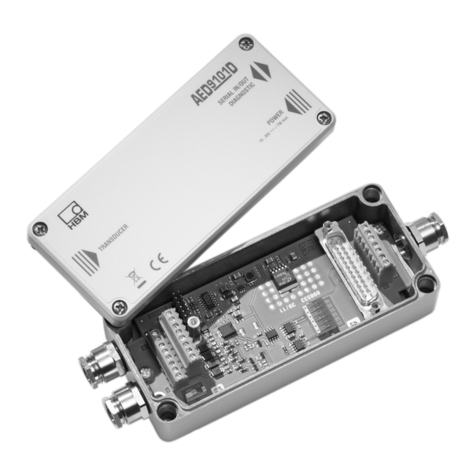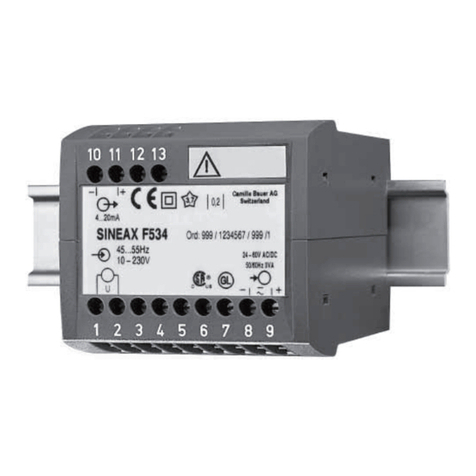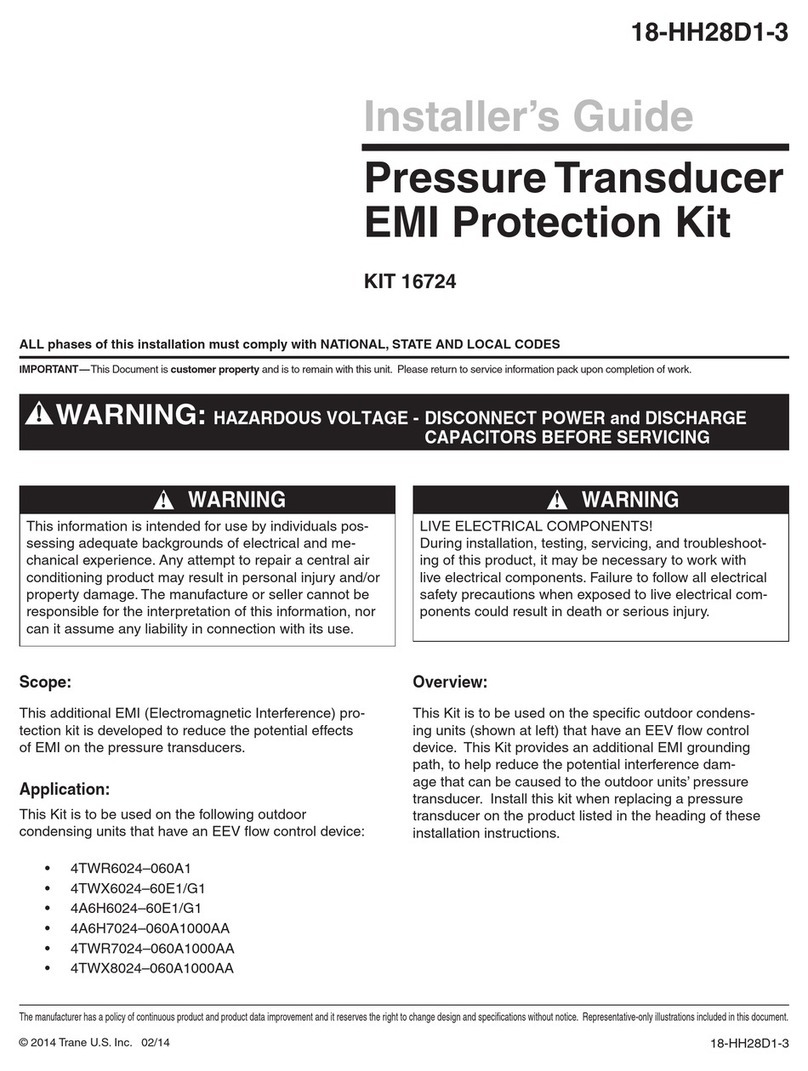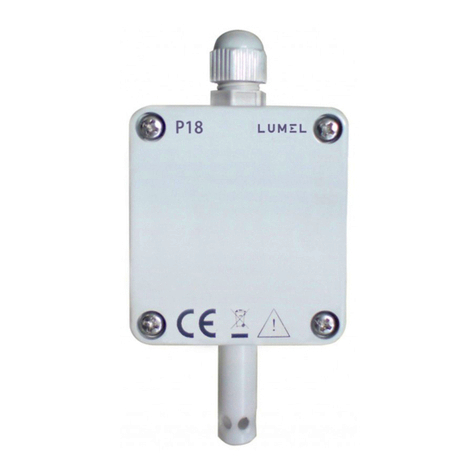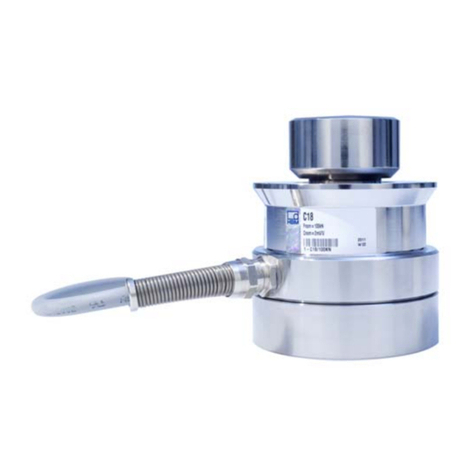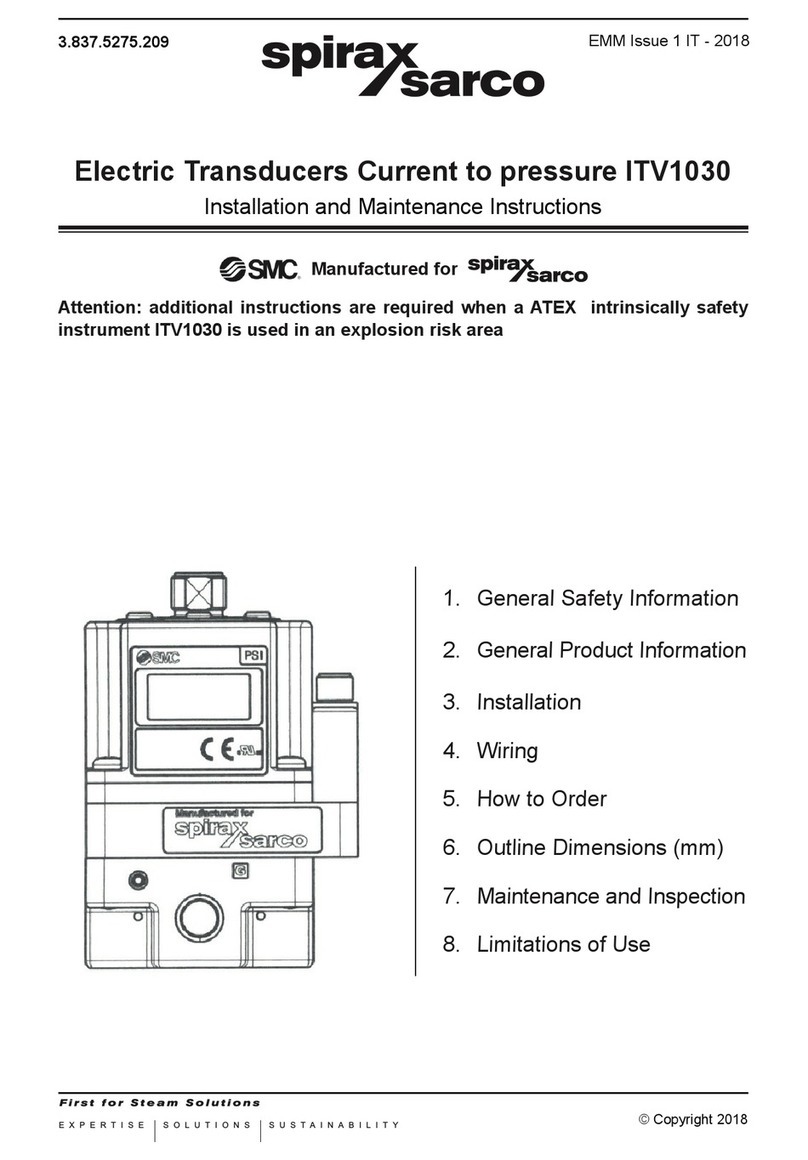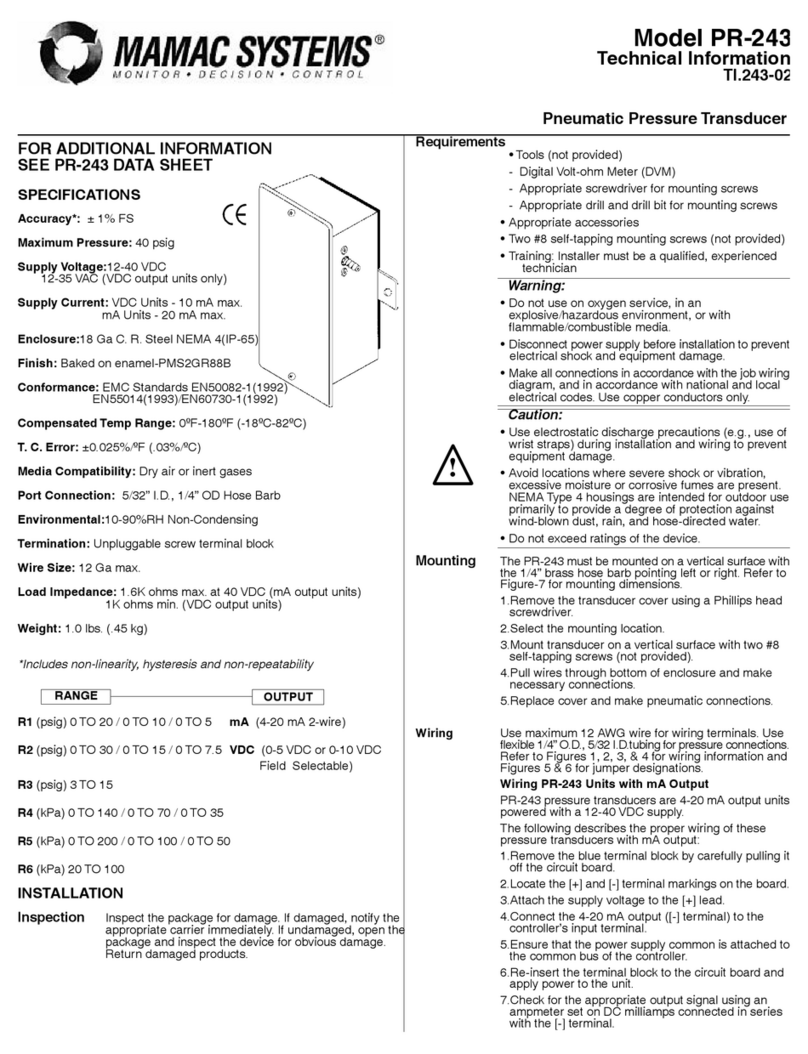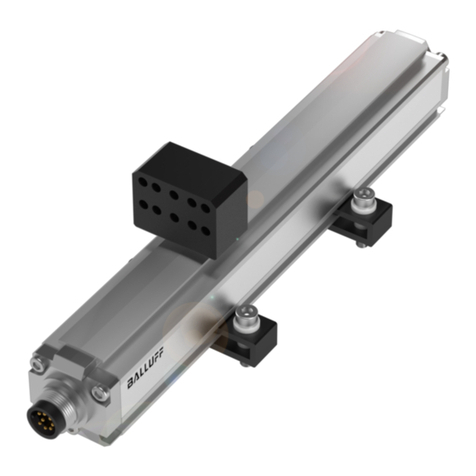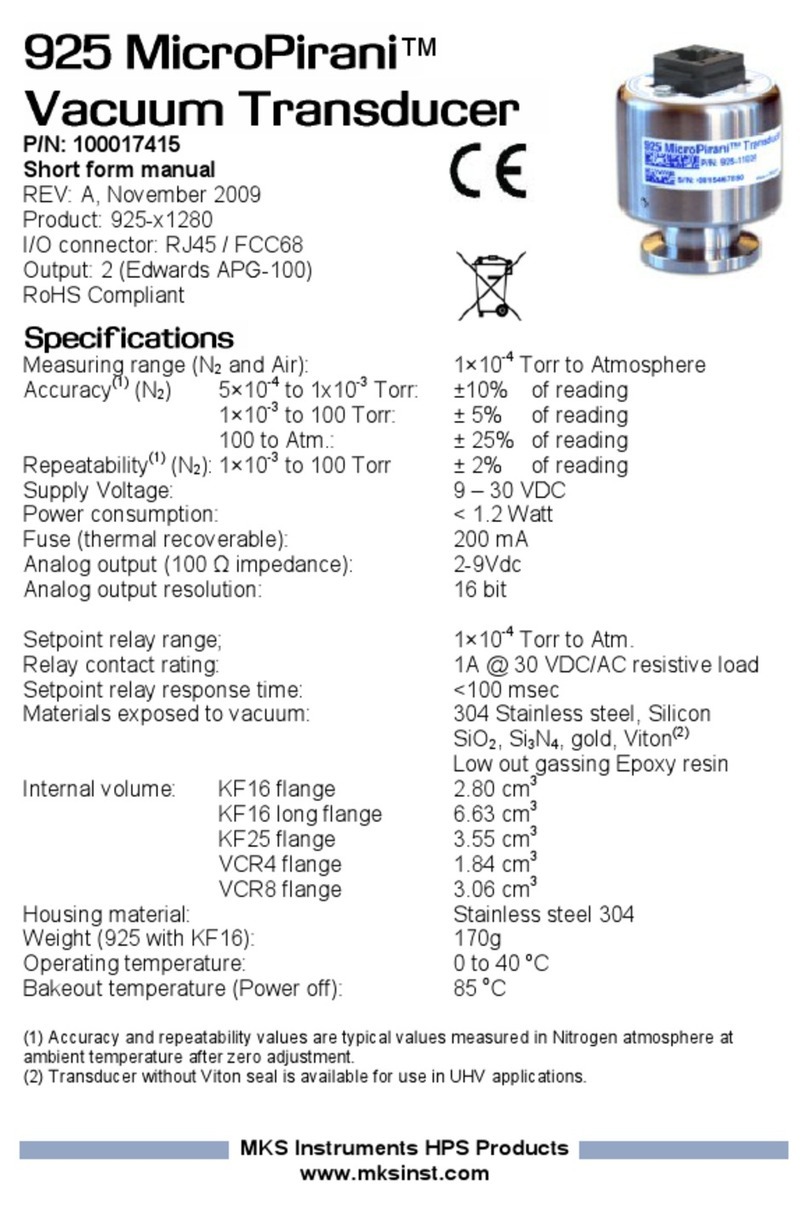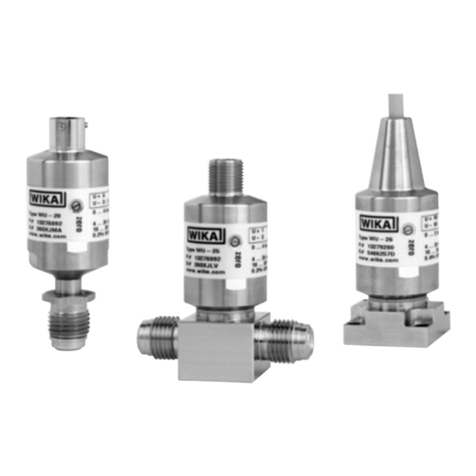1. On/Off switch
2. Low battery LED Indicator
3. Line/mic switch
4. Cable
5. Antenna
6 Frequency select.
7. Gain control
8. Lavalier microphone
9. Tie clip
10. Battery compartment
11. Battery charger socket
1
2
3
7
8
9
10
11
5
6
4
Fig. 8: Lavalier Beltback
C 8875C Lavalier Beltpack Transmitter:
A range of microphones and pickups are available for the belt pack transmitter including tie clip mic,
lecture type headset, aerobics type headset, and guitar pickup. The belt pack transmitter is equipped with
a line/mic switch.
Operation: (See Fig. 8 for details)
1. Push to open the battery cover.
2. Insert 2 x 1.5V AA batteries into the battery holder according to polarity (+) and (-) indication marked
on the battery housing.
3. Replace Battery Cover.
4. Connect the microphone or guitar pickup to the unit.
5. Set the line / mic switch to match the sound source (line / mic). Line is for guitar/instrument pick up.
6. After setting the chosen frequency to the same frequency as the receiver, push the power switch to
“ON”. The LED indicator will flash to indicate the unit is operational.
7. Push the power button to “OFF” when mic is not used, and remove the battery in beltpack if not
used for a long time. This will prevent damage to the unit that a defective "leaking" battery may cause.
8. If the LED indicator is permanently illuminated, the battery needs to be replaced.
9. If the LED indicator does not flash at all when first switched on then check batteries are inserted
correctly and batteries are not completely flat.
10. To recharge the batteries, connect the recharging cable as per figure 2 (transmitters can also be charged
via C 8858 5 port charging module). Full battery charging time is approx 10 hours (for 1800mAH
batteries).
Suitable transmitters for use with C 8856A
In-Ear Monitoring System:
The following information is provided as a guide for using the C 8872C and C 8875C transmitters as
part of a whole system. Please note that these transmitters are available separately and are not
included with the C 8856A In-Ear Monitor or C 8854 Desktop Transmitter.
C 8872C Handheld Transmitter:
Operation: (See Fig. 7 for details)
1. Push to open the battery cover.
2. Insert 2 x 1.5V AA batteries into the battery holder according to polarity (+) and (-) indicator
marked on the battery housing.
3. Replace battery cover.
4. After setting the chosen frequency to the same frequency as the receiver, push the power switch to
"ON". The LED indicator will flash once to indicate the unit is operational.
5. Push the power button to "OFF" when mic is not in use. Remove the batteries from the unit if not to be
used for a long time. This will prevent damage to the unit that a defective "leaking" battery may cause.
6. If the LED indicator is permanently illuminated, the battery needs to be replaced.
7. If the LED indicator does not flash at all when first switched on then check batteries are inserted
correctly and batteries are not completely flat.
8. To recharge the batteries, connect the recharging cable as per figure 2 (transmitters can also be charged
via C 8858 5 port charging module). Full battery charging time is approx 10 hours (for 1800mAH
batteries).
TRANSMITTER SPECIFICATIONS:
Carrier Freq. Range (UHF band): ......................790~806MHz
RF Power Output: ...................................................... 10mW.
Spurious Emission (below carrier freq.):...................... >60dB
Frequency Stability (with PLL control):.......... Within ±0.005%
AF Response (+/-3dB): .................................. 50Hz to 15KHz
Maximum Deviation (with compressor): ....................± 48KHz
Signal to Noise Ratio (A-Weighted): ..............................94dB
Microphone Capsule: ............................................Condenser
Operating voltage:......................................................1.5V x 2
Current consumption: ..................................................
≈
65mA
LED Indicator: ....................................Power On-Standby-Off
....................................................................Low battery
Page 7Page 6
